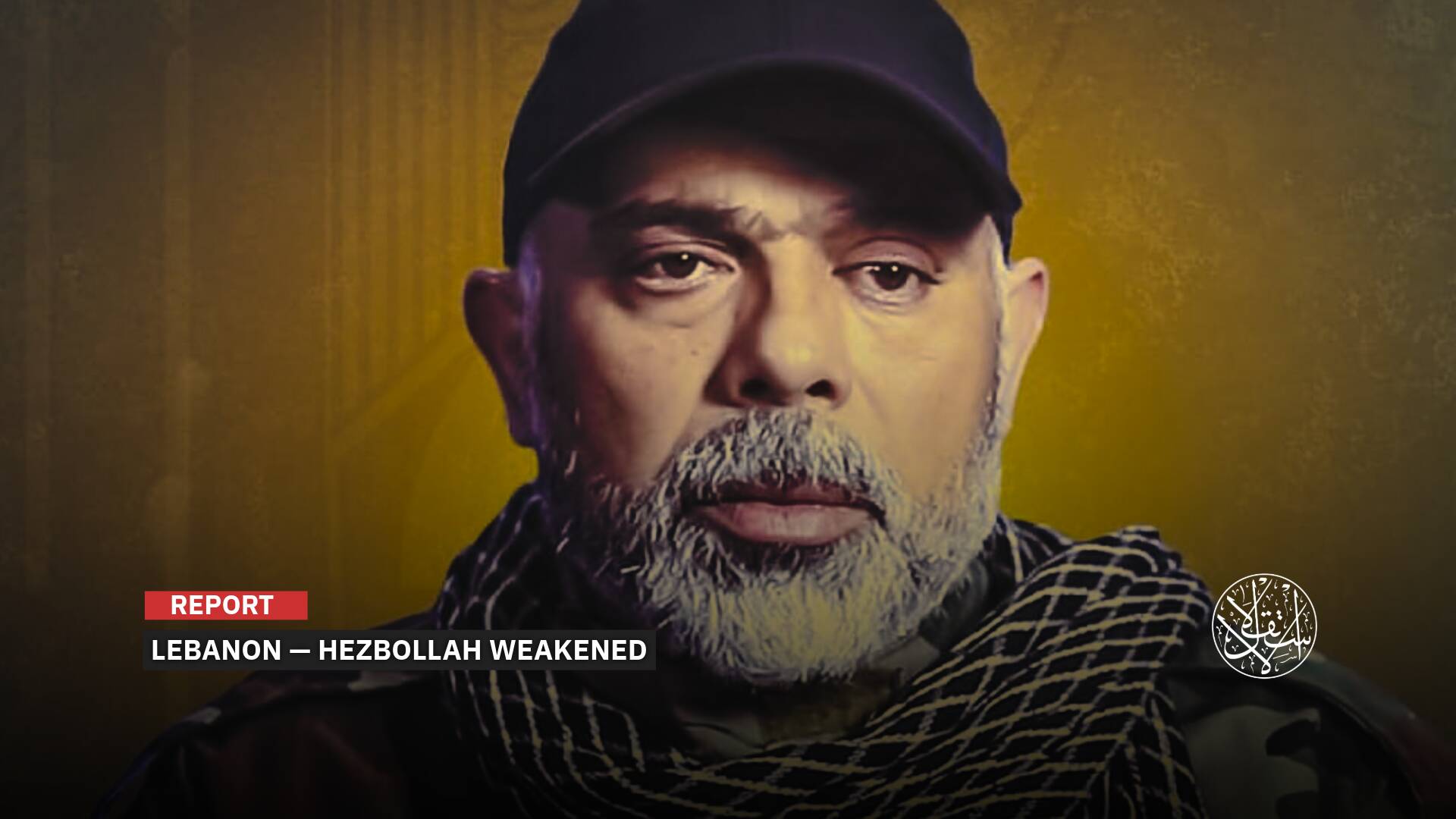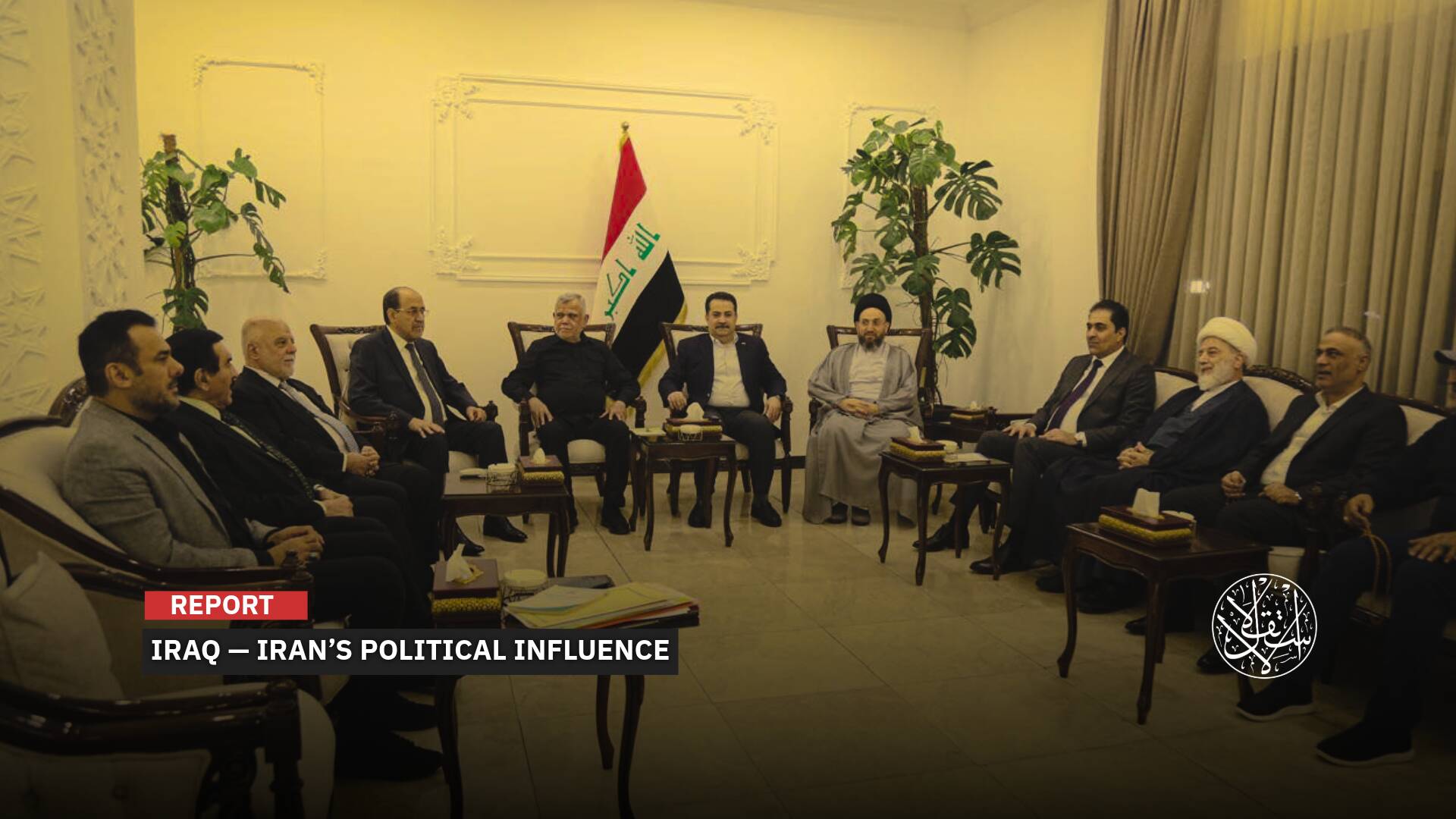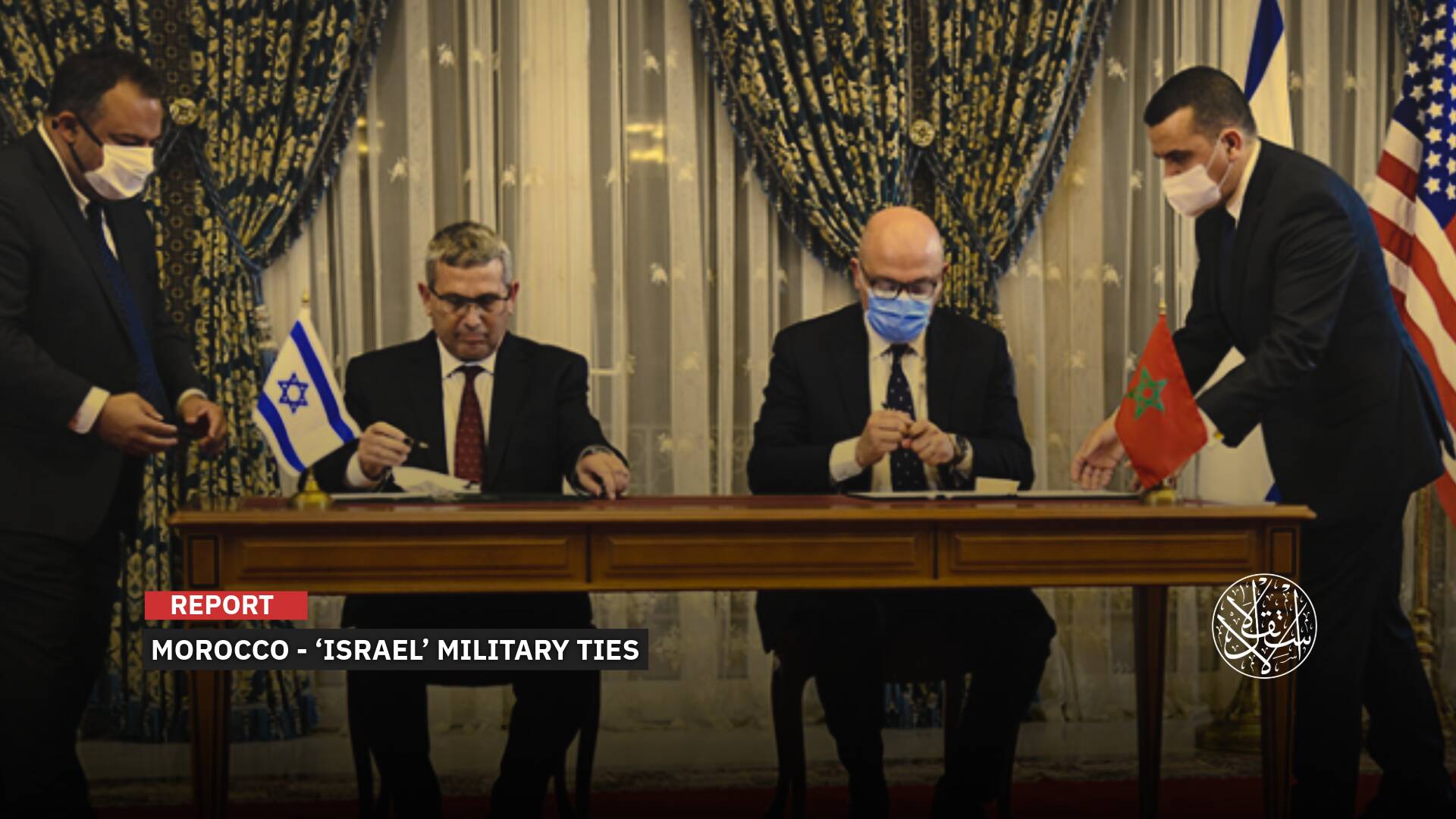From Breadbasket to Brink: How Hemedti’s Rebellion Ravaged Sudan’s Agricultural Sector
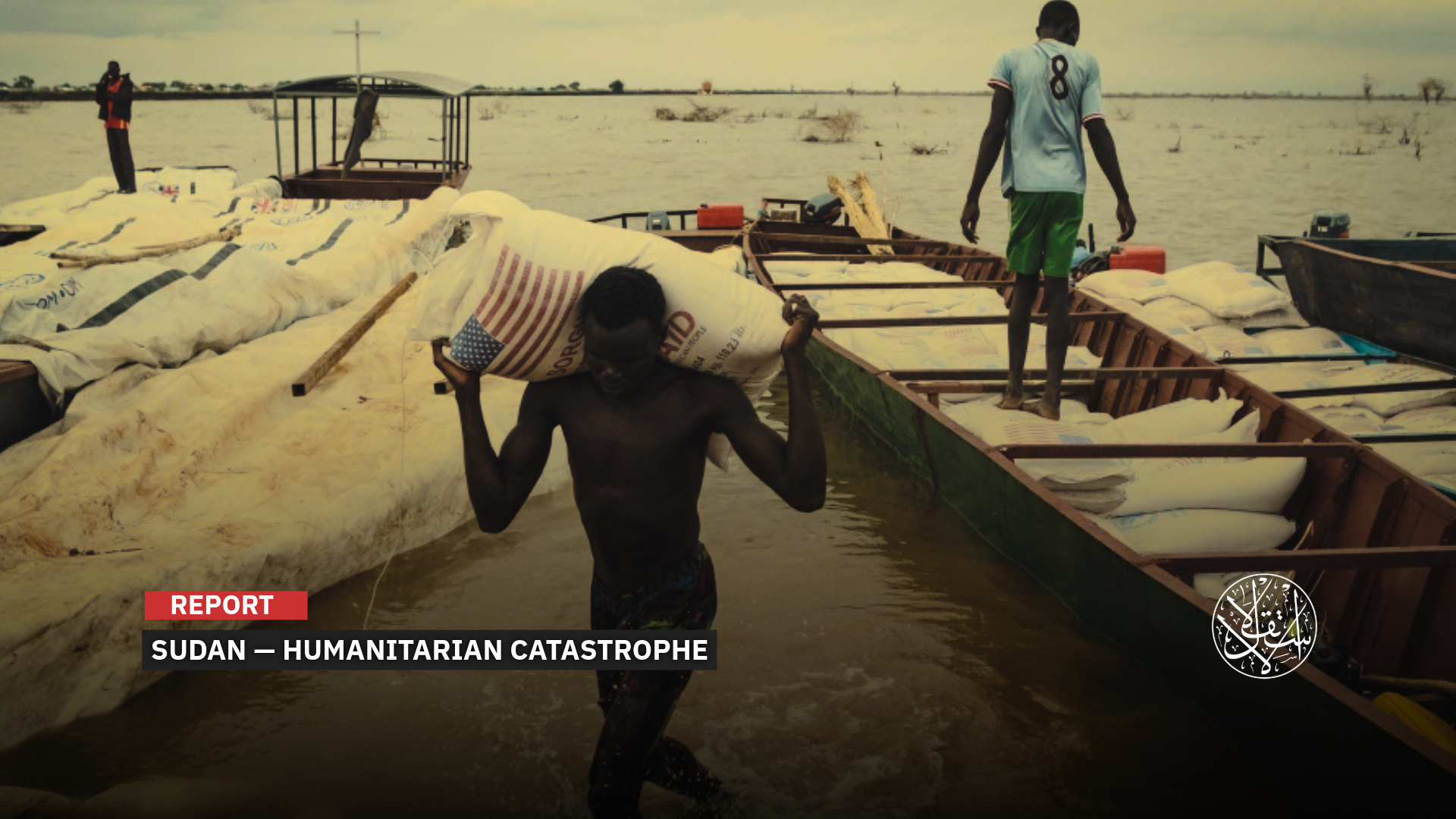
In one of the fiercest wars Sudan has ever endured, the country’s agricultural heartland, the lifeline for most of its people, is collapsing.
From the fertile plains of Gezira and Sennar to the fields of Kordofan and Darfur, land that once fed a nation now lies abandoned, cloaked in dust and fear.
Irrigation canals have run dry, harvests have vanished, and the machinery of farming has been looted or set ablaze.
Farmers, trapped between crushing debt and the paralysis of a frozen credit system, can do little but watch their livelihoods disintegrate.
This is no longer a failed growing season. Sudan is standing at the brink of the gravest food crisis in its modern history, one that threatens millions of lives and promises to redraw the very map of its towns and countryside.
The official figures, boasting of millions of tons of grain, bear little resemblance to the reality in regions where farming has ground to a halt under the weight of conflict.
They also conceal the scale of collapse across Sudan’s once-mighty agricultural schemes, from Gezira to Rahad and Suki.
With the political horizon blocked and no credible rescue plan in sight, Sudan is edging towards a decisive moment: either urgent intervention to breathe life back into its fields, or a sweeping famine that will spare no one.
A Plea for Help
As the planting season begins in Sudan, farmers stand on the edges of fields that were once lush and green, staring at empty expanses under the constant fear of armed attacks.
Before their eyes lies a grim tableau: shattered irrigation canals, farm machinery looted by gangs and militias, credit lines frozen, and infrastructure battered by a war that has spared neither stone nor crop.
In Gezira and Sennar, long the beating heart of Sudan’s agricultural output, preparations for summer appear faint and hesitant, more a fragile gesture against a crushing reality than the revival promised by the ministry of agriculture.
At the heart of this bleak picture, Sudan’s minister of agriculture and forestry, Abu Bakr Omar al-Bushra, admitted on August 4, 2025, that saving the season would require a concerted effort from every arm of the state, from the finance ministry to irrigation authorities, from state governments to the farmers themselves.
Citing figures from his ministry, he estimated the losses suffered by the agricultural sector during the two years of war, which erupted in mid-April 2023, at more than $10bn.
But he does not hide the fact that the Agricultural Bank’s capital has been eroded, and that insolvency and farmers’ failure to repay past debts have left the institution paralyzed.
With the bank insisting on collecting those arrears before extending any new credit, thousands of farmers now face the prospect not only of being shut out of their livelihoods, but even of ending up behind bars.
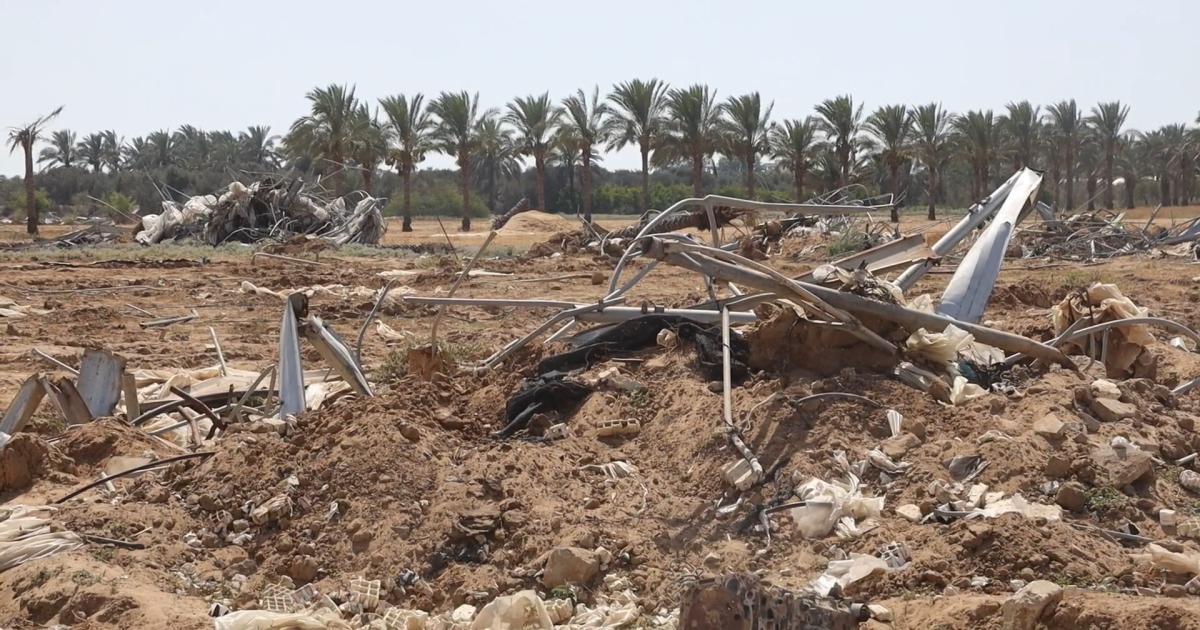
The Extent of the Crisis
He has gone so far as to describe the situation as “systematic strangulation”, accusing banks of imposing harsh conditions with little regard for the scale of losses or the security risks faced by farmers.
The ministry, for its part, has floated the idea of creating an emergency fund to supply seeds and fuel, while promising to reschedule debts and fold them into new financing packages.
Yet such assurances evaporate in the face of the devastation wrought by war.
The destruction is not confined to balance sheets. It is visible on the ground: looted and wrecked machinery, research stations and gene banks knocked out of service.
In the Gezira scheme alone, more than half the farmland has fallen idle, with losses estimated at between $15bn and $20bn.
The Rahad project has lost more than $65m, while in Suki more than 700,000 people now face the risk of losing their livelihoods, according to the state news agency (SUNA).
The agriculture ministry proudly proclaims a harvest of 6.6 million tons of grain in the 2024–25 season, including 5.4 million tons of sorghum. But behind the figures lies a much harsher reality.
In the Gezira scheme, cultivated land has shrunk by 54%, while farming in areas once under the control of the Rapid Support Forces militia ground to a complete halt, especially during their grip on Gezira and Sennar before the regions were retaken.
In Darfur and Kordofan the picture is even bleaker: armed conflict, mass displacement, the loss of improved seed varieties and the collapse of food production cycles, all pointing towards the specter of catastrophic hunger.
It was this looming danger that prompted the agricultural committee of the “Gezira Conference” to warn on July 27, 2025, that the irrigation system requires urgent repair after two years of paralysis.
According to the local newspaper Sudan Tomorrow, more than 70% of agricultural engineering machinery has been looted, while the loss of certified seed stocks poses a serious threat to key crops such as sorghum and cotton.
On the international front, aid remains limited. The most notable initiative was an agreement signed between the Arab Organization for Agricultural Development and the Halfa Agricultural Foundation to revive and rehabilitate agricultural production, with funding of no more than $50,000, a sum barely scratching the surface of the disaster.
In an official report released on April 17, 2025, the Ministry of Agriculture and Forestry revealed yet another facet of the devastation that has struck the sector.
The Genetic Resources Unit of the Agricultural Research Authority in Madani, along with the main gene bank housing more than 17,000 genetic resources and specialized research laboratories, was completely destroyed.
Severe damage was also reported across the forestry and horticultural sectors, as well as to critical infrastructure including storage facilities, silos, and processing plants.
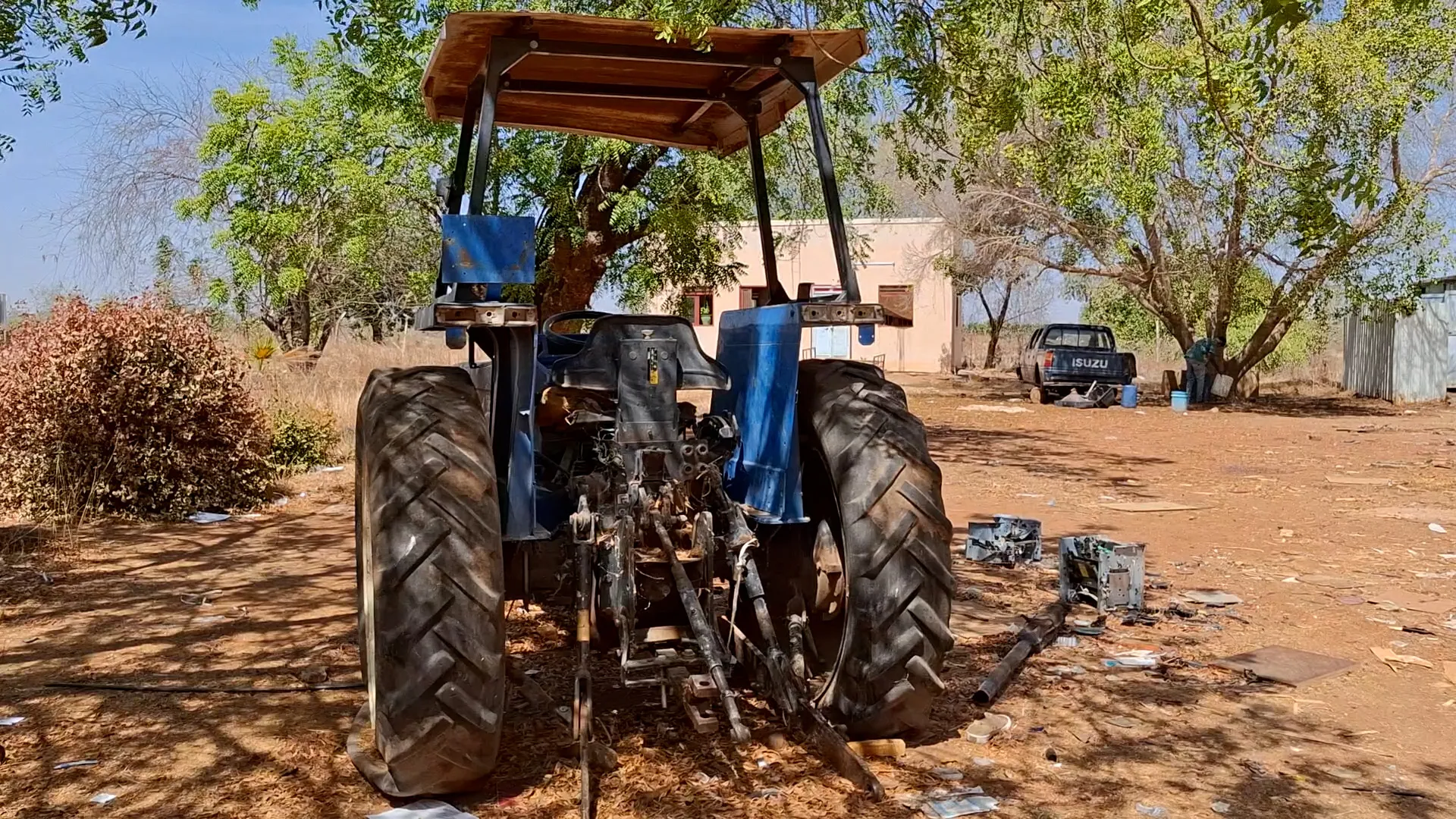
A Disaster on Top of a Disaster.
In the Kordofan regions, the belt of Hashab and Talha trees, the main source of gum Arabic, faces existential threats from desert encroachment and widespread felling during the war.
According to the report, the tree belt is shrinking daily due to desertification and unregulated logging, as many have exploited the security vacuum to cut Hashab and Talha trees for charcoal production. Some 80% of Sudanese rely on this charcoal for cooking amid a shortage of cooking gas, with much of it transported by trucks and trailers to neighboring African countries.
The report notes that the three states of Kordofan lead the country in gum Arabic production, accounting for roughly 55% of output, followed by the five states of Darfur.
Forests in these regions face mounting threats, the most prominent being unregulated logging and the loss of vegetation cover in around 13 of Sudan’s 18 states.
This has resulted in permanent deforestation and the disappearance of roughly 40% of the “living mass” of Hashab and Talha trees.
Yet the threats have not stopped at overfelling. Fires have compounded the losses.
In May 2025, flames swept through vast stretches of forests and date palm plantations in the Tangasi area of northern Sudan, turning fruit-bearing trees and green fields to ash and blackened debris within hours.
In April, the Kordofan states suffered similar infernos, which ravaged Hashab and Talha trees and cultivated land, destroying parts of the region’s biodiversity.
According to Muzammil Abu al-Qasim, a former member of the Sudanese Palm Association, speaking to the local newspaper al-Rakoba on April 22, the fires that broke out months ago struck “the largest and richest date-producing areas in Sudan.”
He added that they destroyed thousands of date palms, representing a devastating loss for horticultural crops and the rural economy that depends on them.
18 Million at Risk
On January 6, 2025, the United Nations Office for the Coordination of Humanitarian Affairs (OCHA) and the Food and Agriculture Organization (FAO) sounded the alarm during a United Nations Security Council session on Sudan.
They warned that the country remains “gripped by a humanitarian crisis of staggering proportions” and that food security has deteriorated to “the worst levels in the country’s history.”
This warning was not unprecedented, but part of a continuing series of international alerts stretching back to the previous year.
On March 6, 2024, the World Food Program cautioned that Sudan could face “the largest hunger crisis in the world” unless the fighting ceased, noting that children would be the first victims of such a catastrophe.
Just days later, on March 14, 2024, Yacoub Muhammad Abdullah Free, the coordinator for displaced persons and refugee camps in Darfur, described the situation as “unprecedentedly tragic,” particularly in the absence of international aid.
He explained that women no longer felt safe leaving the camps to fetch food for fear of sexual violence, a factor that has multiplied the risks to children’s lives.
From within the Kalma camp in Nyala, South Darfur, he noted that conditions had deteriorated to the point where even tree leaves or locusts, once used to stave off hunger, were no longer available to children.
In early April 2024, the United Nations issued another warning, confirming that around 18 million people in Sudan face acute food insecurity as a result of the ongoing civil war.
UNICEF also reported a malnutrition crisis among young children far worse than previously anticipated, alongside outbreaks of diseases such as cholera, measles, and malaria, casting an even darker shadow over the country’s already dire humanitarian and health situation.
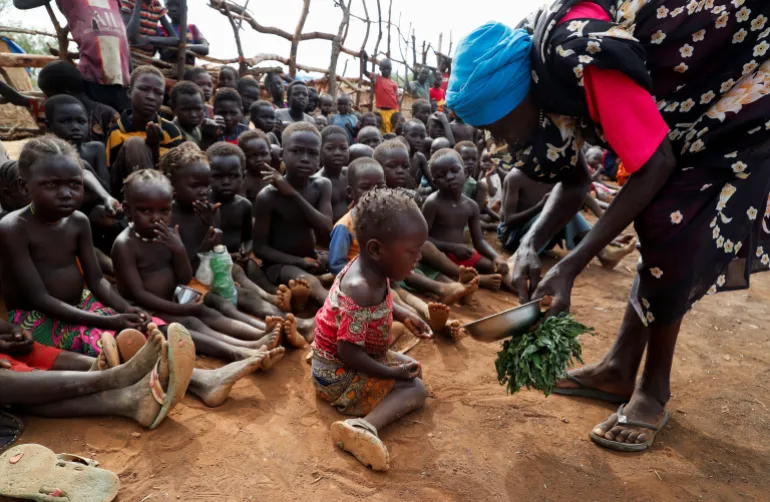
An Unprecedented Situation
Reacting to the crisis, Sudanese journalist Mohamed Nazar said that his country, once known in past decades as the “breadbasket of the world” and the Arab states, is now facing an unprecedented humanitarian and agricultural catastrophe.
Speaking to Al-Estiklal, he attributed the situation to the destructive war, led in large part by UAE-backed Rapid Support Forces militias, which have turned the country into a theater of chaos, looting, and destruction.
Nazar added that Sudanese now represent 10% of the world’s total population in need of humanitarian assistance.
He noted that millions of displaced people and those trapped in conflict zones are being forced into extreme survival measures, subsisting on a single meal a day or consuming food with virtually no nutritional value.
He pointed out that a lack of funding and soaring food prices have, in recent months, brought nearly 90% of charitable activities providing meals to those trapped in conflict zones, particularly in al Fashir, to a halt.
Nazar stressed that this crisis is man-made, posing an acute threat to women, children, and the elderly, noting that the conflict and forced displacement are the primary drivers of the country’s food security collapse.
He warned that international denial of the famine only worsens the situation, deepening the suffering of a population he described as “powerless and desperate.”
Nazar revealed that his field teams in North Darfur, in displacement camps such as Zamzam and Abu Shouk, as well as in South Kordofan, have documented numerous deaths from hunger, while others have been forced to eat grass and animal feed to survive.
Sources
- Minister of Agriculture: The Summer Begins in June and Needs Strong Action from the Government and Farmers [Arabic]
- Sudan’s Gezira Seeks to Rescue Its First Post-Liberation Planting Season [Arabic]
- Who Will Save Sudan’s Farming Season? [Arabic]
- United Nations: Sudan in the Grip of Famine and a Crisis of Staggering Proportions [Arabic]
- When a Forest Falls… Another Face of Sudan’s War [Arabic]
- Who Will Save Sudan’s Farming Season? [Arabic]


